How the "Tomb of Christ", or the Alternative Gospel, appeared in Japan
By Pictolic https://pictolic.com/article/how-the-tomb-of-christ-or-the-alternative-gospel-appeared-in-japan.htmlAomori Prefecture in the north of the Japanese island of Honshu is an agricultural region famous for its delicious apples. In addition, there are natural attractions - the volcanic lake Towada, the rocks of Hakkoda and the Shirakami mountain range, recognized as a UNESCO World Heritage Site. And here is the village of Shingo, in which is buried ... Christ.

The legend of the arrival of Christ appeared in Aomori prefecture relatively recently, before the Second World War. And soon his grave was found in the village of Shingo. Now none of the locals believe in its authenticity, but it was not always so. The time when the inhabitants were proud of this burial is reminiscent of the “Christ holiday”, which is celebrated here every year.
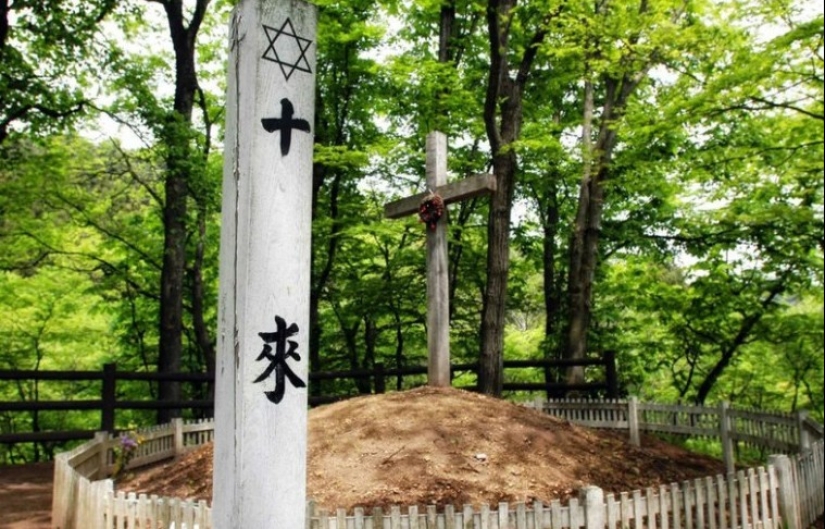
The place where the tomb of Jesus is located is called "Christ Village Park". It is a small hill with carefully manicured vegetation. On its top there are two graves topped with wooden crosses. But why are there two? This is explained by an explanatory plate located here.
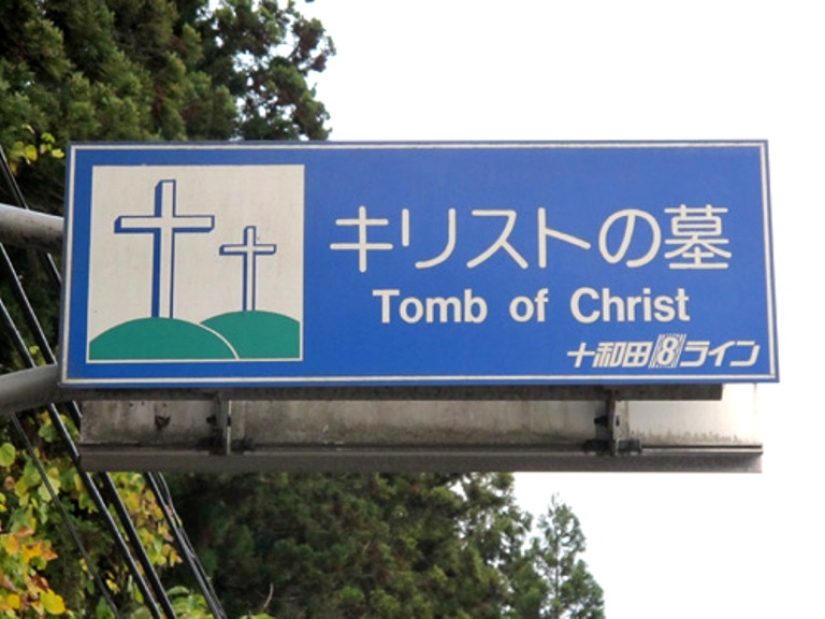
Legend has it that Christ arrived in Japan at the age of 21. The purpose of his visit was to study theology. Until the age of 33, the Son of God lived and studied in the village of Shingo, and then returned to Judea. The rest of the story is known to all. Jesus preached, but he was not recognized as a prophet and was sentenced to death on the cross.
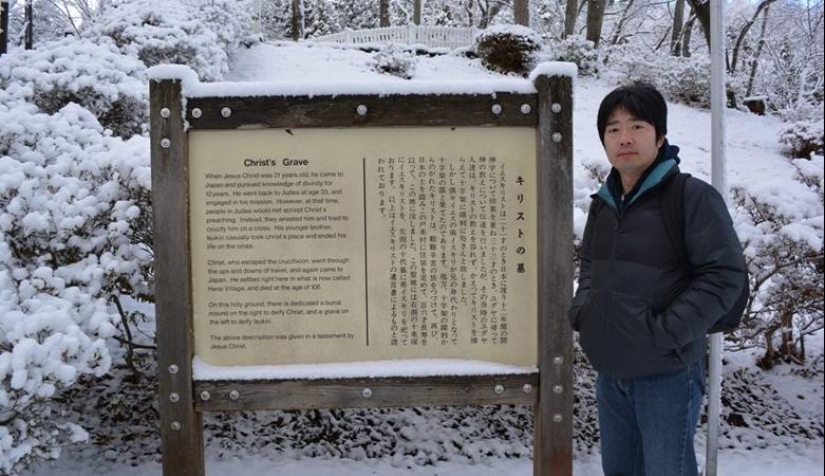
But in this place again there is a place of intrigue. Instead of Christ, his younger brother Isukiri went to his death. The Savior himself was again forced to leave Judea. Through Siberia, he returned to Japan, where he lived until the age of 106 in the village of Shingo, which became his second home. When he died, the locals buried him with honors on the hill.
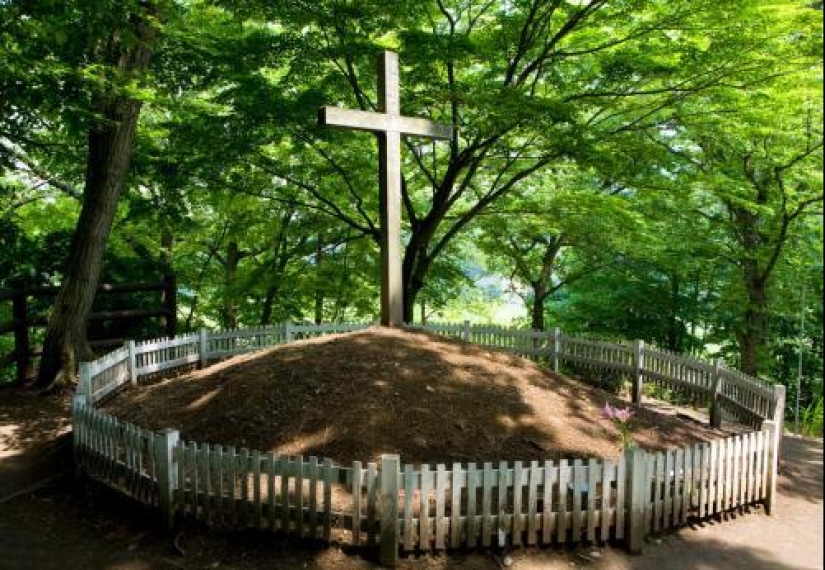
The second grave in the "Christ Village Park" belongs to the one who sacrificed himself for Brother Isukiri. True, it is not the body that is buried in it, but only the hair of a man. The story is rather absurd, but interesting in its own way. It is impossible to find out how she appeared in these parts.
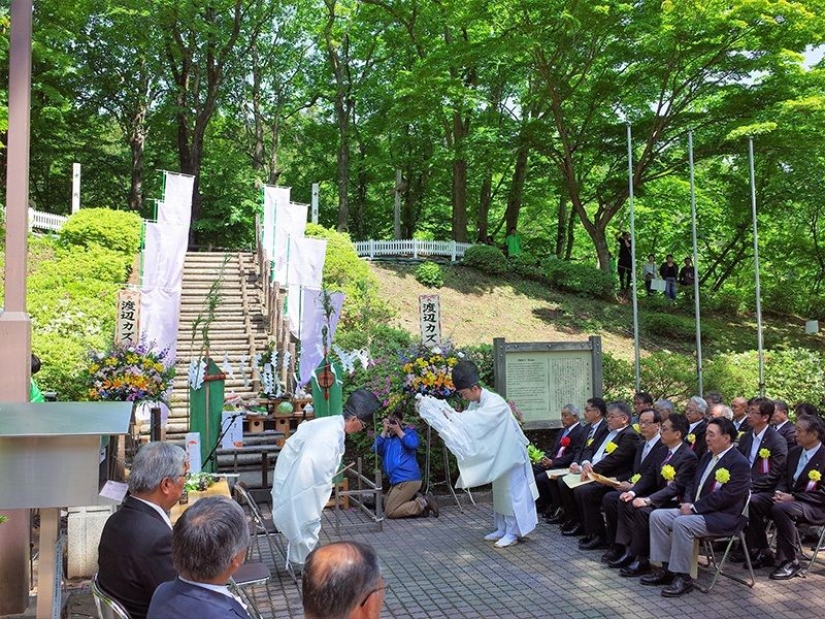
Residents of Shingo draw the attention of tourists to the fact that this is just a legend. The village even has a Museum of the legend of the village of Christ. By and large, this is a local history museum that tells about the history of the settlement and its inhabitants. But in the exposition, among the ancient costumes and tools, there are photographs of the “descendants of Christ”, a “testament” written by him personally and other documents confirming the connection of the Japanese village with Judea.
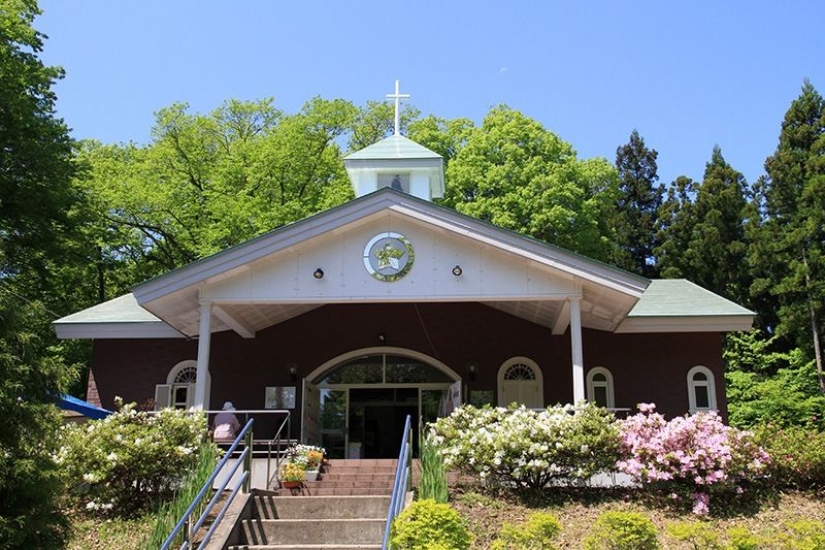
Yes, in Japan, Jesus changed his name to Torai Taro Daitenku and married a local woman. The couple had three daughters, whose descendants, according to legend, still live in the village. A strange and naive story attracts tourists to Shingo, whose money replenishes the local budget. Even the most superstitious old people say that there is nothing in the graves on the hill, but where is it seen that the Japanese abandoned a good tradition?
If you think that the Museum of the Legend of the Christ Village is strange, then you should check out the Japanese Museum of Stones in the Shape of Tinsekikan Faces.
Recent articles

Modern children often get sick – colds, allergies, and so on. Although in our childhood everything was the same. When we noticed ...

Within the images, All Is Not Lost photographer Jeremy Gibbs (working under the pseudonym Romany WG) creates unusual images: they ...

Did you know that Bryan Adams is not only a legend of world rock, but also a professional photographer? His second talent is in the ...